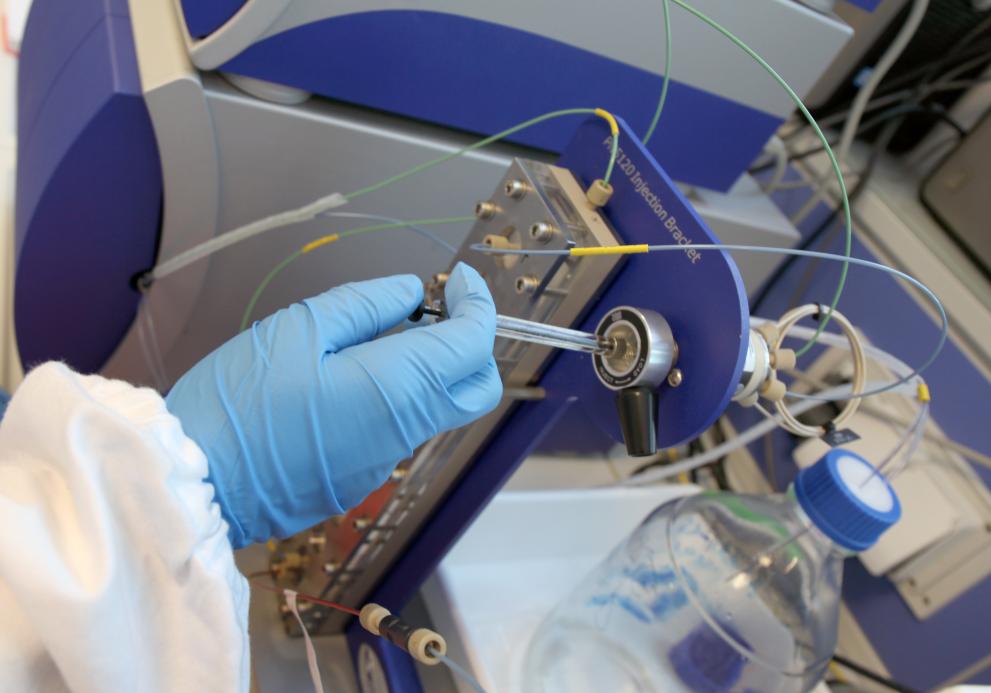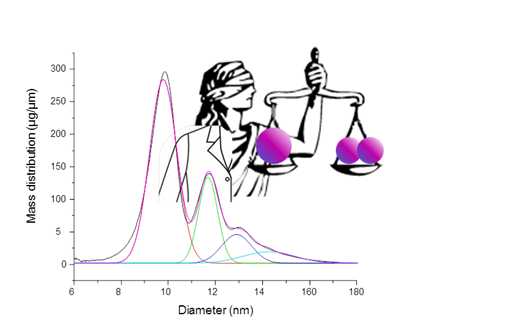
JRC scientists – in collaboration with research groups from the Swiss Federal Laboratories for Materials Science and Technology EMPA and the French Alternative Energies and Atomic Energy Commission CEA - suggest methods for nanoparticle aggregate recognition that might become highly relevant for industry when fulfilling legal requirements for nanomaterials according to EU legislation.
This includes the registration in line with the chemicals legislation (REACH) or the labelling of cosmetic products or food.
Identification of aggregates and agglomerates in nanoparticle suspensions is fundamental to decide whether or not a material is a nanomaterial according to the recommendation of the European Commission on the definition of nanomaterial (2011/696/EU).
This recommendation is currently used in the EU legislation on biocidal products and medical devices, as a working definition by the European Chemicals Agency (ECHA), and in a revised form possibly in future as well in the food and cosmetics sector.
In a collaborative study, scientists from the JRC investigated a commercially available multimodal material representing a typical borderline case of the nano definition, i.e. a polydisperse suspension containing nanoparticles with diameters very close to the upper size limit of the definition (100 nm) and their aggregates (bigger than 100 nm). This material was characterised with various state of the art techniques.

In particular, the study focused on dimer (multimer) recognition capability of different methods, considering the potential of single and combined analytical solutions.
Among the existing techniques measuring nanoparticle size in liquids, dynamic light scattering (DLS) is probably the most widely used, with well-known disadvantages in the characterisation of polydispersed samples.
However, the method becomes very useful when coupled online to prior size separation steps like asymmetric field flow fractionation (FFF) and with multi angle light scattering (MALS) detectors.
In addition, centrifugal methods are shown to be simple analytical tools that are able to indicate the presence of dimers made of rigid spherical nanoparticles.
Read more in: D. Mehn et al. "Larger or more? Nanoparticle characterisation methods for recognition of dimers", RSC Advances 7 (2017) 27747-27754, doi: 10.1039/C7RA02432K
Related Content
Larger or more? Nanoparticle characterisation methods for recognition of dimers
Details
- Publication date
- 7 July 2017
